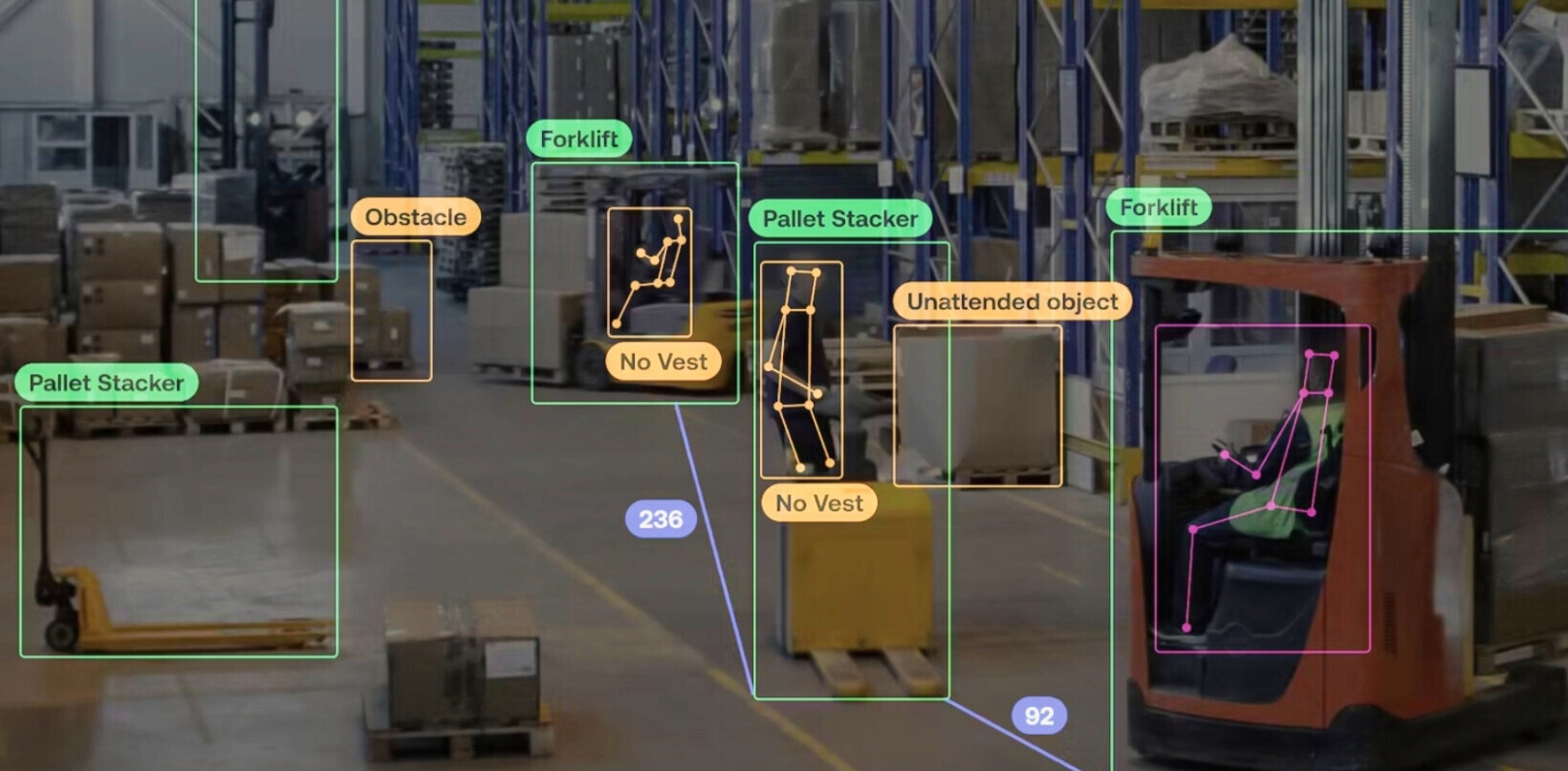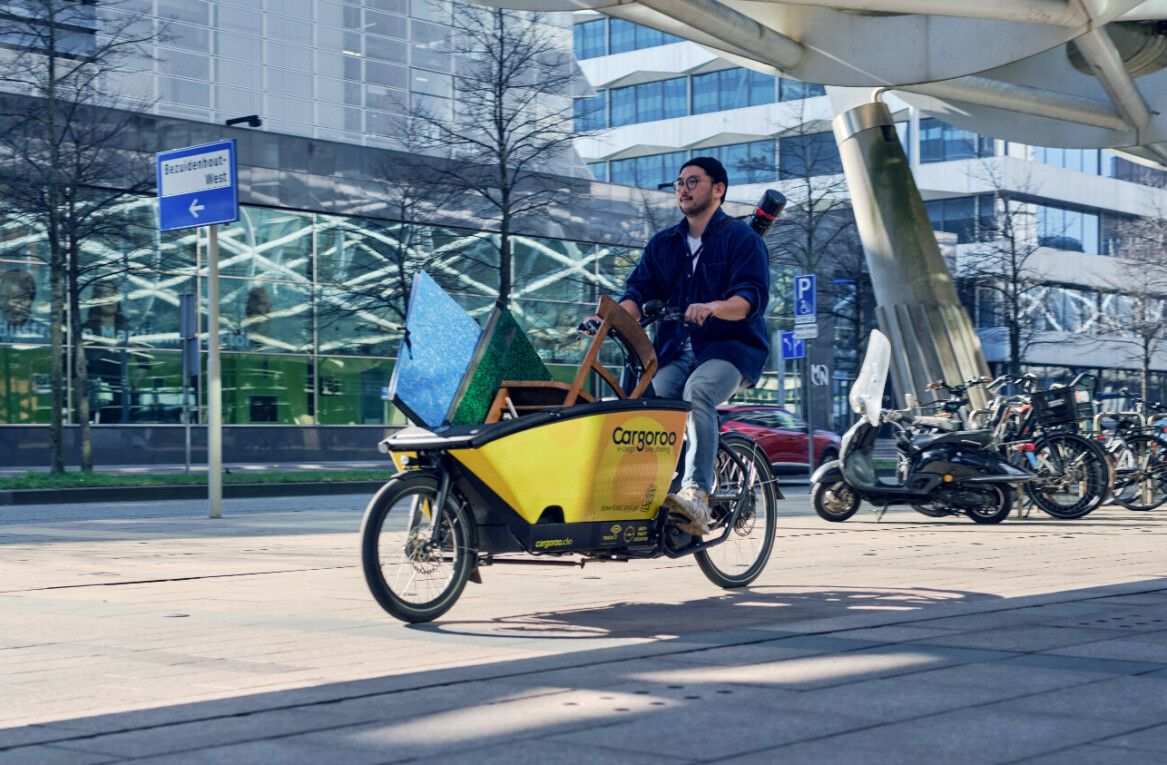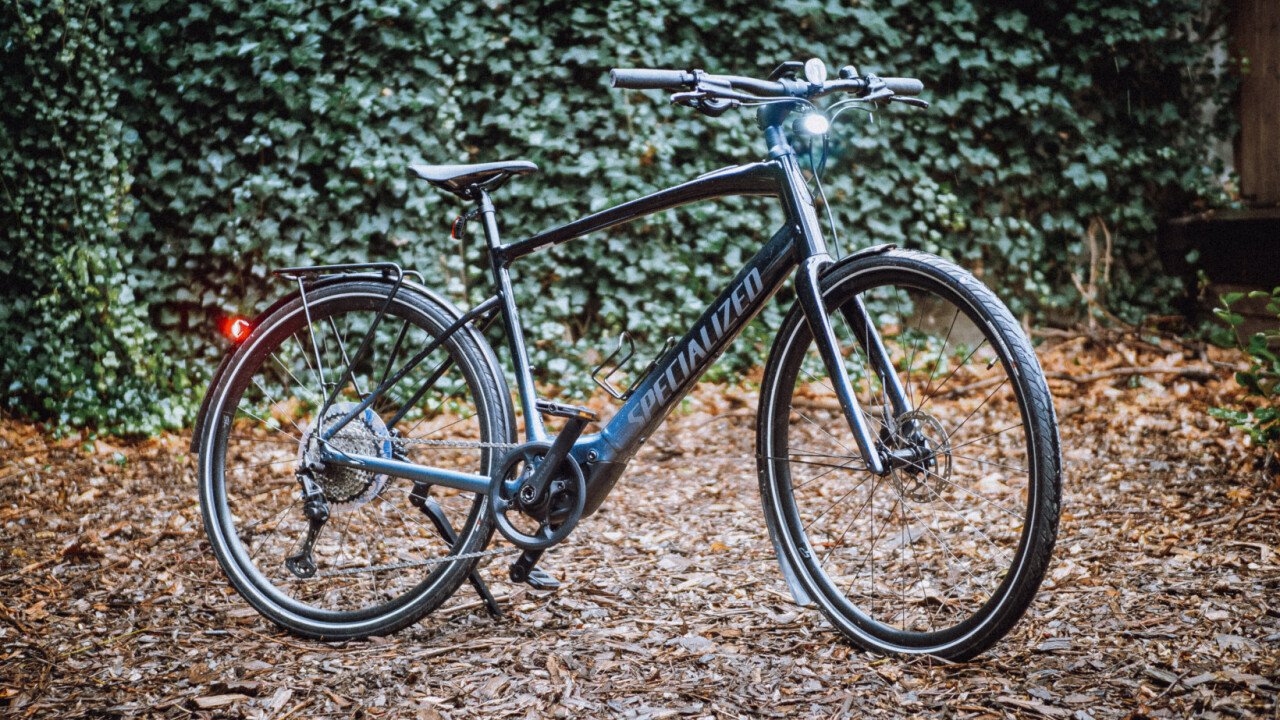
When I picked up my review unit of the Turbo Vado SL, Specialized’s lightweight hybrid ebike, I remember marveling at how much it looked and felt like an ‘analog’ bike. I was in a bit of a hurry, so I sped my way back home, but I was impressed by how light the bike was, nimble while maneuvering through traffic, sprightly enough to easily hop a curb.
It was when I got to my first hill that I realized I’d never even turned the bike on.
Once properly motorized, riding the Vado SL felt like my legs had just gotten a lot stronger. I still got my heart rate up going up that hill, but I covered much more elevation for the same effort.
That first ride really told me everything I needed to know about the Turbo Vado SL. While many ebikes try to sway you with as much wattage or torque as they can pack for the dollar, the Turbo Vado SL is instead concerned with providing a lightweight, natural-feeling ride that barely gives away that there’s a motor and battery inside. I wish there were more ebikes like it.
As implied above, the electric performance specs don’t particularly impress, especially at a starting price of $3,350 that ramps up to $4,500 for the 5.0 EQ configuration that I tested. For your money, you get a 240W motor with 35 Nm of torque, powered by a 320 Wh internal battery that can be expanded to 480 Wh with an optional $450 range extender. I’ve tested bikes that double or triple those specs for far less money. Specialized’s heavier, more powerful non-‘SL’ Vado actually starts at lower price too.
But there’s way more to an ebike than just power.
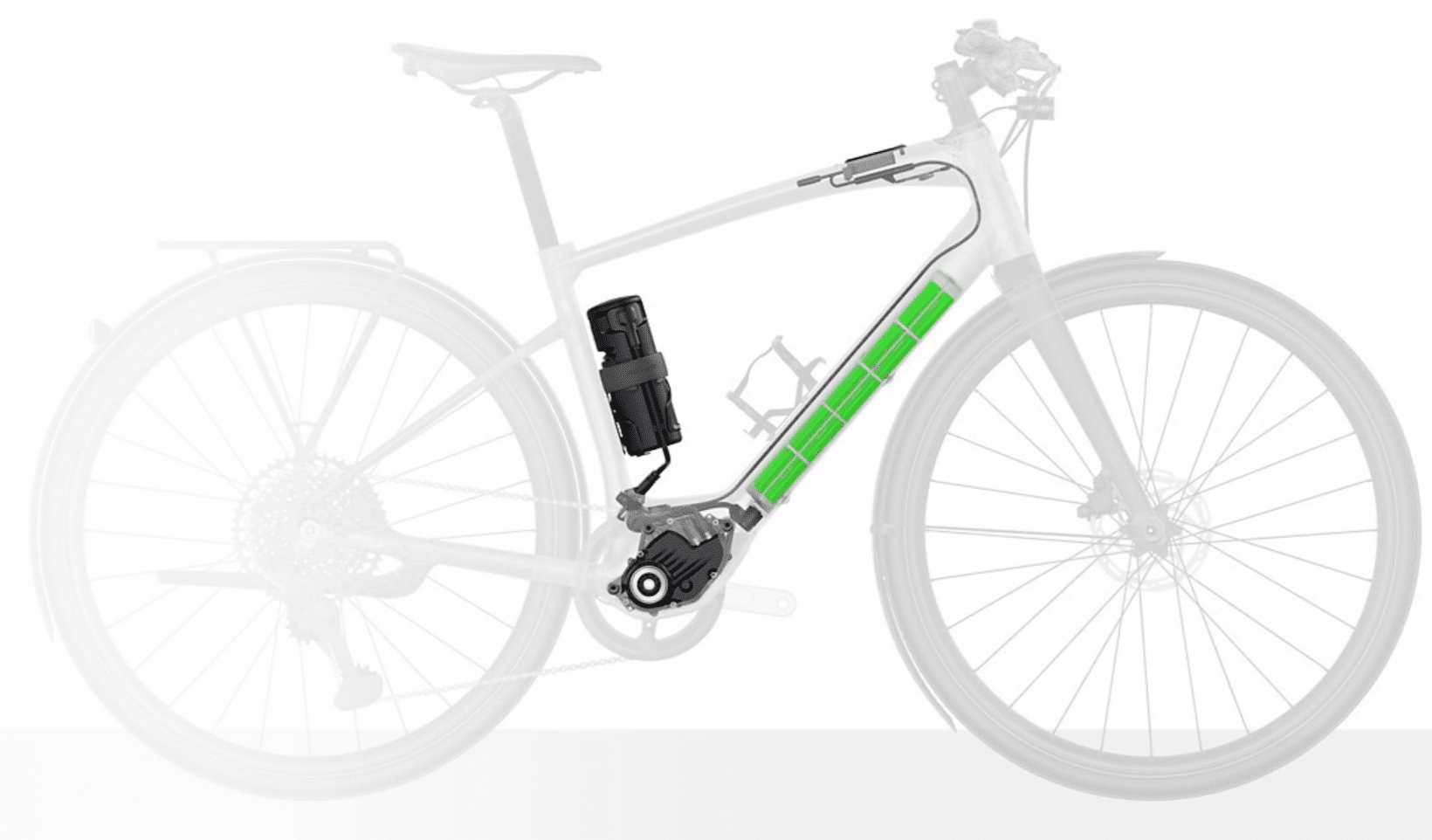
For one, despite the small batteries, Specialized can (realistically!) claim 80 miles of range, or 120 with the range extender. Range is the only reason battery size matters in the first place, and that’s better than the vast majority of ebikes out there.
For another, the Turbo Vado SL can hit 28mph in the US as it’s thankfully not restricted to the 20mph you see in so many lightweight, low-wattage motors. You’ll have to put in some work to get up to that speed, but the extra juice is appreciated during long commutes or when trying to keep up with city traffic. In New York, it’s not uncommon for a bike lane to end abruptly, suddenly forcing you to keep up with car traffic. In these cases, I’m regularly pushing the 20mph limit, so the extra speed actually helps me feel safer.
But really, the Vado SL’s best selling point is its weight. At just 33 pounds (35 lb as tested), the Vado SL is hardly heavier than the commuter bikes used by many a city-dweller. For reference, NYC’s super-popular rideshare Citibikes weigh 45lb a pop. Compared to your typical ebike, it’s no contest. Almost every other ebike I’ve tested to date has weighed over 50 lb, and affordable models regularly cross the 60 lb mark in their pursuit of power. Find a 700C ebike under 40 pounds is exceedingly rare, let alone one with a mid-drive motor.
The Vado SL’s featherweight status matters for more than just ride quality. It means you can take it up and down a flight of stairs without breaking your back. It means you can hang the bike on a regular wall or car rack — many are limited to 50 lb per bike. It makes the bike easy to bring on public transport. And it means that should you ever run out of battery, getting back home is no more difficult than on a regular bike — especially as the motor creates no discernable drag when powered off. Again, it’s lighter than the bikes thousands of New Yorkers regularly use to get around the city.
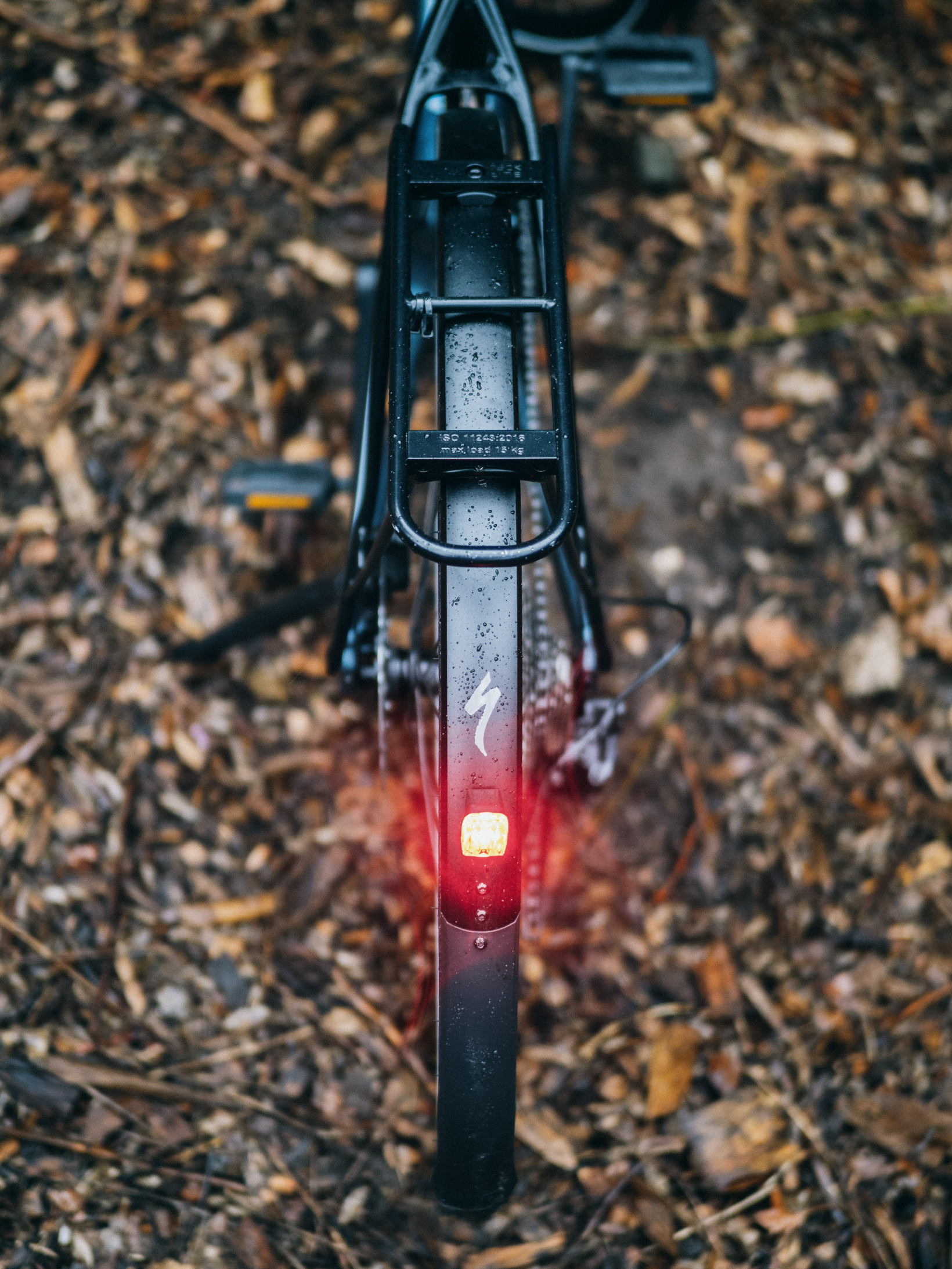
Of course, at $4,500 for the 5.0 EQ variant, you’re going to want more for your money. To that end, the bike just feels high quality, as one would hope from a company like Specialized. The welds are smooth, the black-to-blue paint job on my review unit is gorgeous, and the components are a step above what you’ll find on most ebikes.
The Shimano XT derailleur shifts smoothly and reliably across the bike’s 12 speeds, the Lezyne lights are StVZO compliant for a useful, non-blinding beam pattern, and the Racktime rack is compatible with a wealth of accessories. Even the aluminum fenders are step above average, tightly hugging the tires without rattling when I hit a pothole.
(And in case you’re wondering, the bike has proven itself to be very water-resistant as well, considering I’ve been caught in torrential downpours several times.)
Perhaps the most notable feature of the Vado SL’s 5.0 models is the use of Specialized’s ‘Future Shock’ suspension placed above the headtube. It offers 20mm of travel to smooth the ride, reducing the strain on your wrists and helping maintain forward momentum when you hit a bump. Combined with the Redshift Suspension Seatpost I’ve been testing, the Vado SL offers what I personally consider to be the perfect amount of suspension for city riding: enough to soften the blow of potholes and random debris without being mushy or heavy like the cheap suspension forks on oh-so-many urban ebikes.

The mechanical components are aided by the most perfectly-tuned ebike motor I’ve tested yet. The SL 1.1 motor hardly ever makes itself noticeable, kicking in at the tiniest motion of the pedals but ramping up power so smoothly that the ride never comes across as jerky. It’s almost silent on assist levels 1 and 2, though it does make a noticeable whir on level 3 and when going up steep hills.
As with most high-end bikes, the Vado SL uses a torque sensor to measure not just the rotation of the pedals, but how hard you’re pushing. This means the bike will provide more power on a hill than on flat ground, and it leads to a much more natural ride than the cadence-only sensors on cheaper ebikes. Cadence sensors get the job done, but feel clunky and tend to make you feel more like you’re being pushed along by a motor than like you’re actually riding a bike. Yet even among bikes with torque sensors, the smoothness of the Vado SL’s assistance is a cut above the rest — and you can fine-tune the motor’s assistance with Specialized’s Mission Control app, too.
That said, it’s important to keep your expectations in check. Though the motor can hit 28 miles per hour, this is not an ebike you get if you want to just cruise around town with minimal effort. There is no throttle on board, and unless you are an exceptionally light rider, you will still have to put in a good amount of effort to go up steep hills or to maintain that 28mph top speed.
But this is exactly the type of experience I personally want from an e-bike. I want assist on hills or the option to get around town without sweating too much — not a bike that’ll do all the work for me. Of course, you can turn down the assist levels on more powerful ebikes too, but you still have that weight to deal with.
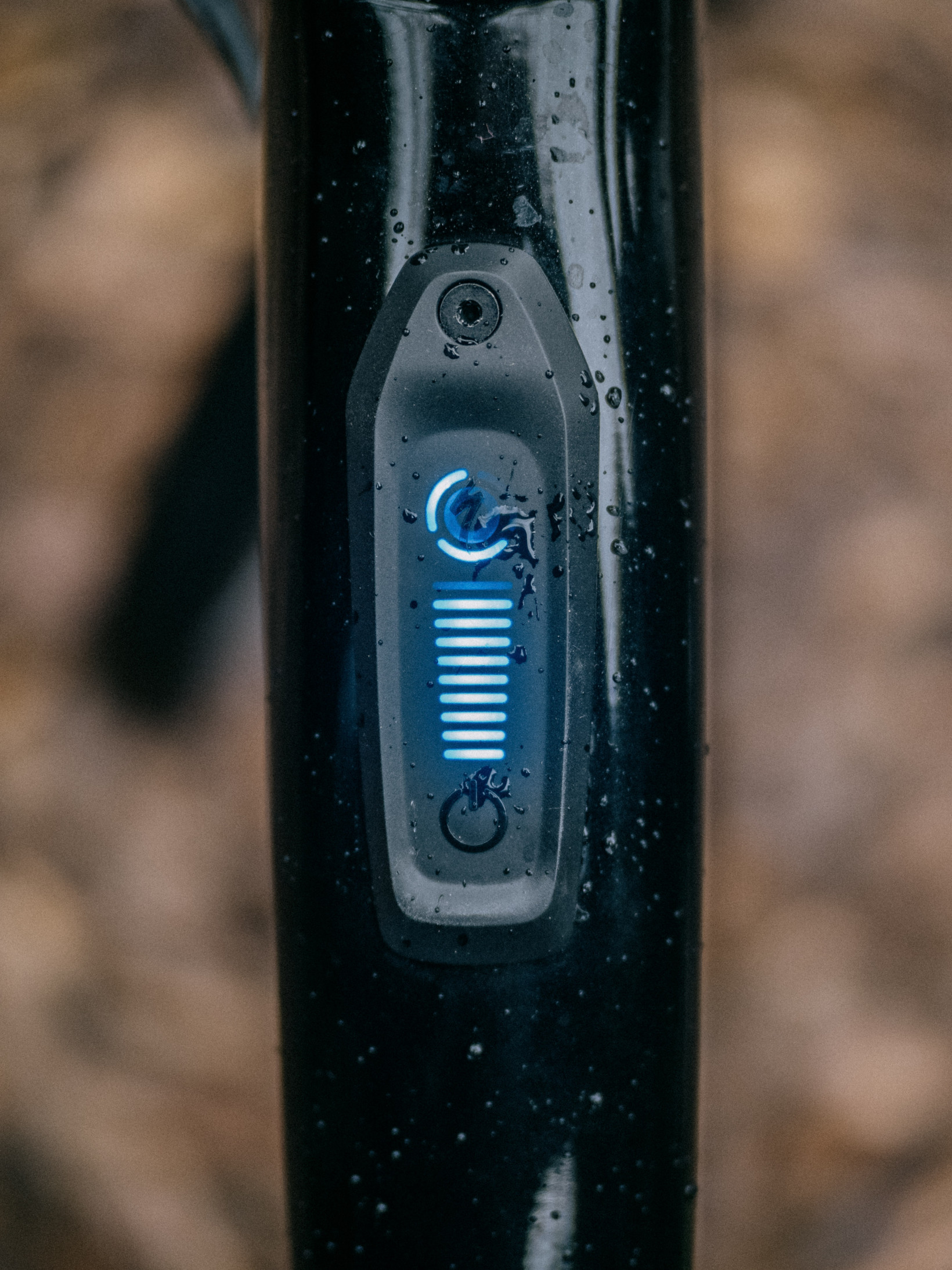
You might be wondering how the Vado SL can hit 80 miles of range on a 320 Wh battery; the low wattage motor just sips power. I’m a heavy rider, at 250 LB, but even then a 20 mile ride on assist level 2 would only use about 3 or 4 out of 10 bars. I have no trouble imagining someone lighter reaching 80 miles on a charge. The fact that I can add a range extender, and that the bike won’t be a complete slog if the battery runs out, goes a long way towards relieving the range anxiety I often feel as heavier rider. Plus the 4 Amp charger tops up the battery pretty fast too.
No, the Vaso SL isn’t perfect. Some accumulated caveats:
- Be very careful if you want to remove the seatpost. The clamp is not secured to the frame and on one occasion fell into the seat tube and became stuck. I had to remove the motor to get it out. It was not fun.
- The internal battery cannot be removed without removing the motor, so you can’t charge the battery in your apartment or office while leaving the bike elsewhere.
- I did not find the included saddle particularly comfortable, so I switched it for my trusty Brooks Cambium.
- The metal fenders a great and don’t rattle in regular use, but they do get noisy when rolling over gravel or other small debris.
- The vast majority of riders won’t need the range extender, but $450 is just too much for a 160 Wh battery.
- I’d like to see some kind of alarm system built-in. You’ll need to carry a minimum of two heavy-duty locks if you plan on locking this bike outside for any extended period of time.
- If I were in the market, I’d probably opt for the $3,500 4.0 EQ. To me, every ebike is a cargo bike, and the carbon fork on the 5.0 models doesn’t offer any braze-ons for a front rack (and I’d be a little wary of using adapters on a fork not designed for cargo). The aluminum fork on the 4.0 models, on the other hand, does have the hardware for a front rack.
- Meanwhile, the Future Shock suspension is the best upgrade on the 5.0 models, in my opinion, but something like Redshift’s ShockStop’s Suspension Stem offers a very similar ride feel for far less of a markup.
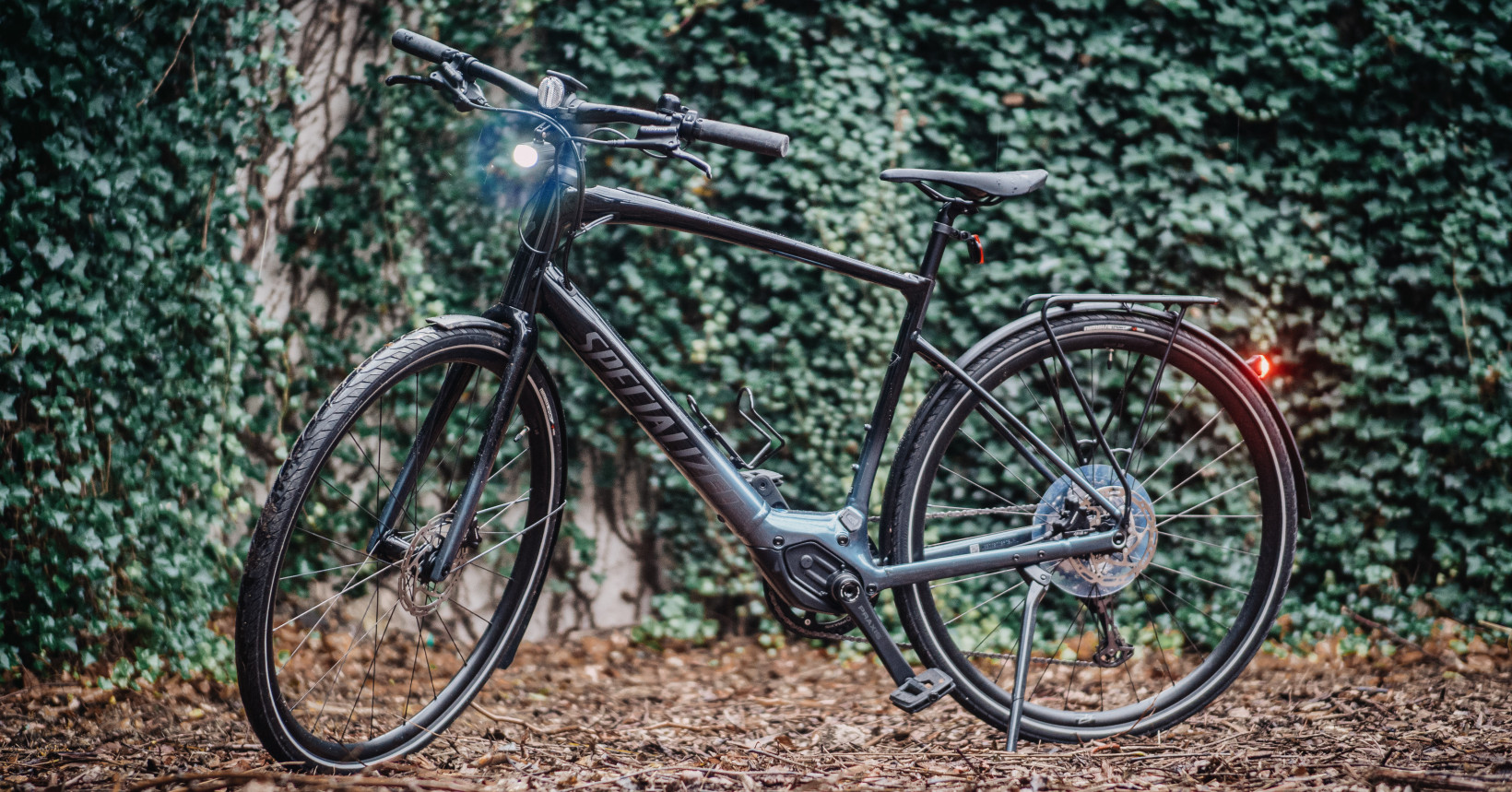
I can’t tell you whether spending $3,000+ on an e-bike is worth it; we all have our own priorities and budgets. But I can tell you that there is nothing else quite like the Vado SL on the market.
The more I test ebikes, the more I realize I don’t always need or want all the power available on some beefy models. I have nothing against them, but I increasingly find myself preferring models that are more “superhuman bicycle” than “electric moped.” I ride partly for fitness, and even when I turn down the motor on more powerful models, they just don’t feel quite as fun to ride.
Meanwhile, most lightweight alternatives come with major caveats in range, speed, or components. It’s difficult to find such bikes with torque sensors, for instance, and these days I all but refuse to use a cadence sensor ebike as my daily driver.
Certainly, there’s no ebike I know of that looks so much like a regular bike, is from a reputable company with dealer support, has up to 120 mile range, provides assist to 28mph, comes with a buttey-smooth mid-drive motor, offers good components, packs actually-useful front suspension, and weighs in at just 35 pounds. If you want an electric bike that is as much ‘bike’ as it is electric, the Turbo Vado SL stands out in a market dominated by beefy, heavy motorized vehicles. Sometimes less really is more.

SHIFT is brought to you by Polestar. It’s time to accelerate the shift to sustainable mobility. That is why Polestar combines electric driving with cutting-edge design and thrilling performance. Find out how.
Get the TNW newsletter
Get the most important tech news in your inbox each week.
